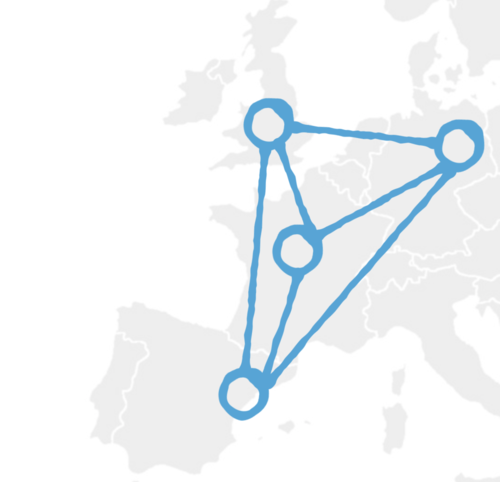Work on a quantum network advantage in PRX Quantum
Is a quantum network advantage in practical quantum communication conceivable. New work to be published in PRX Quantum is addressing this question to the affirmative. Secret sharing is a multi-party cryptographic primitive that can be applied to a network of partially distrustful parties for encrypting data that is both sensitive (it must remain secure) and important (it must not be lost or destroyed). When sharing classical secrets (as opposed to quantum states), one can distinguish between protocols that leverage bi-partite quantum key distribution (QKD) and those that exploit multi-partite entanglement. The latter class are known to be vulnerable to so-called participant attacks and, while progress has been made recently, there is currently no analysis that quantifies their performance in the composable, finite-size regime which has become the gold standard for QKD security. Given this - and the fact that distributing multi-partite entanglement is typically challenging - one might well ask: Is there is any virtue in pursuing multi-partite entanglement based schemes? Here, we answer this question in the affirmative for a class of secret sharing protocols based on continuous variable graph states. We establish security in a composable framework and identify a network topology, specifically a bottleneck network of lossy channels, and parameter regimes within the reach of present day experiments for which a multi-partite scheme outperforms the corresponding QKD based method in the asymptotic and finite-size setting. Finally, we establish experimental parameters where the multi-partite schemes outperform any possible QKD based protocol. This one of the first concrete compelling examples of multi-partite entangled resources achieving a genuine advantage over point-to-point protocols for quantum communication and represents a rigorous, operational benchmark to assess the usefulness of such resources.
News from Nov 22, 2021
